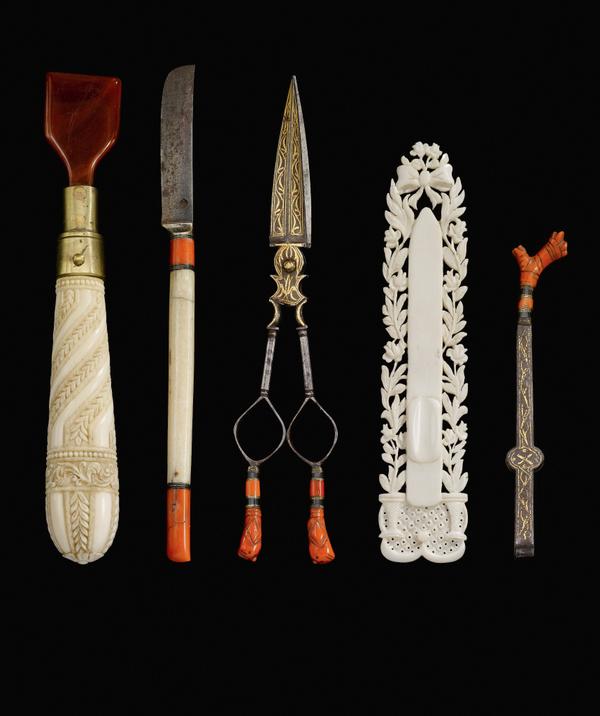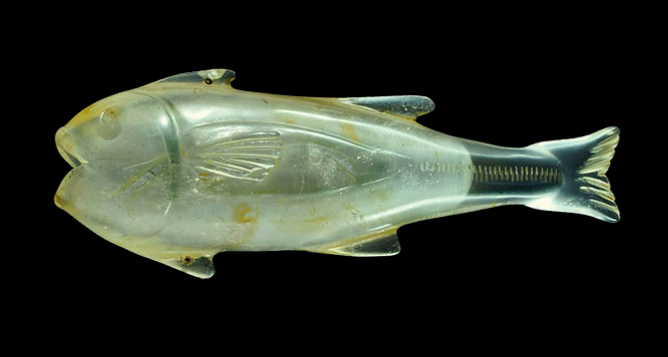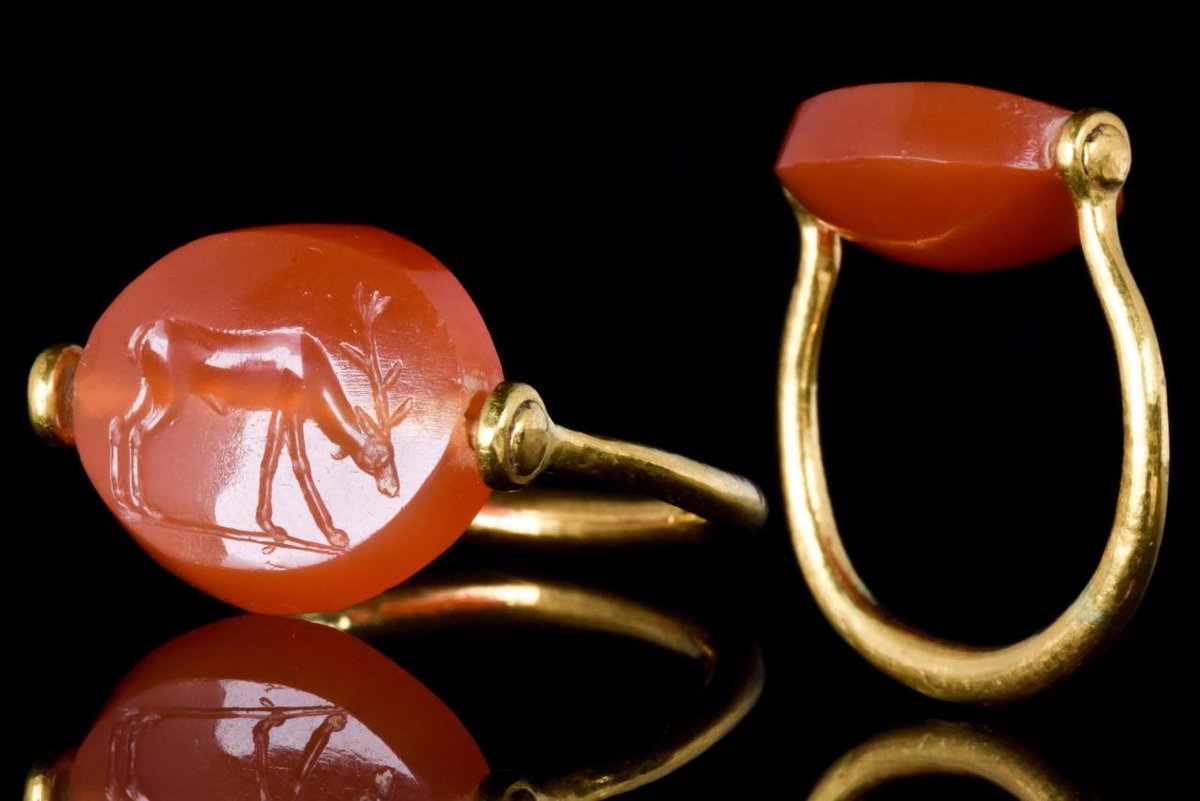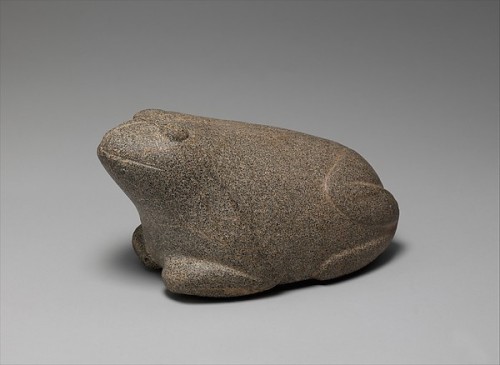1602
1603
1605
1606
1607
1608
The Forum Baths in Pompeii were established in 80 BC and were the only baths still in use after the earthquake of 62 AD. The walls are beautifully decorated with frescoes of garden scenes, and the vault ceilings are embellished with stucco friezes. @pompeii_sites
1610
1612
1613
1614
1617
1618
1619
1620
1621
1622
1623
1624
























